|
A dear friend sent pictures of this ... ruin? ... when he visited India. Something about it gives me the shivers.
0 Comments
What I do in a day is linked, in my mind, to everything else I do. That's how brains work I guess. Female ones at least–male brains apparently are more compartmentalized. Back in the mists of time, I used to read aloud to my kids from Terry Pratchett, the Narnia books, the Redwall books, and others, while spinning wool or knitting it up into hats to sell. For years, I'd be doing errands in Friday Harbor and suddenly, vividly, remember a passage from Thud, or Through the Looking Glass. Then I'd realize that some stranger wearing one of my hats was passing by, and that I must have knit it while reading aloud from that particular passage.
Well, while painting "Mossy Tree," I was listening to Barbara Kingsolver's Demon Copperhead. I guess I'll never forget that book, as long as the painting is in my possession. A wolf tree is one that spent its beginnings in an open field, growing branches close to the ground as well as up in the canopy. Later, when a forest grows up around it, if it's a Douglas-fir, the lower branches die. Eventually they fall off but that might take a century to do.
In these dark days of winter I am kind of frantic for outdoor activities. I've been taking the dogs on a lot of walks in our local parks.
Since retiring, I've been working for my arborist son-in-law, having a great time learning to use a chainsaw, and rummaging around in all kinds of ecosystems on the island. This winter we've been deadwooding trees on 30 acres of mostly doug-fir, but there's a damp north-facing spot where alders grow in profusion. I was especially taken with their conversational attitudes.
We were driving through Colorado and stopped for coffee. This building seemed so ... I don't know, so shut. I'm used to living much of my life out-of-doors. Right now for example I'm sitting at my desk with the front door open. It must be all of 45 degrees around here, but I'd rather be cold than close the door. Anyway, the building's windows indicate to me that there are people in there, people with textured lives full of meaning. But, indoors. It is no coincidence that I painted everything ever so slightly askew.
When I was deciding what to include in the Lopez Library show, I saw that I had two paintings with two blue chairs in them. Plus, I've been looking at the hotel in the Village and thinking, "Those blue chairs in the garden are awesome, maybe I'll paint them next!" The first one is of a beach house at the end of a beach survey walk I do for COASST, see https://coasst.org/about/our-story/. ... and the second is of a late fall scene in the middle of a dense thicket.
My son-in-law is an arborist and occasionally hires me to help with cleanup. I love the work! It's exhilarating being out in all kinds of weather. I've always been sensitive to smells, and it's a pleasure sawing a downed tree into fragrant rounds, or hiking through dry grasses and native herbs. And sometimes we are privileged to meet tree elders like this madrone, who was presiding over a spectacular view of the San Juan Islands.
At the south end of Lopez, there's a historic collection of fuel tanks and debris, https://www.washingtonruralheritage.org/digital/collection/lopez/id/134/. I went there at sunset, when everything was glowing warmly, but still, there was a bit of a frisson in the air too. These massive structures were once part of a thriving harbor complex, with dormitories for fishermen, Puget Sound boat traffic (and, somebody told me, even Chinese boating visitors), and famously large ice cream cones. Now you can potter around at the stumps of the former dock, but maybe don't eat the cockles you can find there, because ... pollution? Nobody could tell me for sure.
So for me, this area is full of my favorite sort of ambiguity. Damaged and beautiful and ugly. Fertile and ravaged. Empty fuel tanks but okay, as a symbol going forward maybe that's a good thing. Maybe. When my boys were toddlers and we still lived in LA County, I decided to indulge my romantic longing to learn how to spin wool. I made a spindle out of Playdough and some crossed sticks (yes it was ugly), and gingerly approached a small bag of carded fleece I'd been given at the Renaissance Faire. It was kind of baffling, and the book I checked out of the library on how to tackle the fleece was not helpful. This was back when dinosaurs roamed the earth and there was no YouTube. Anyway, over time I figured out how to get the first bits of fleece twisted enough to attach to the spindle, and then how to balance the spindle so that when I spun it it didn't wobble too badly, and then how to get the fluff to turn into yarn. The final problem was that I could only get about a yard of yarn to form on the spinning spindle before I had to catch it, wind the yarn up on it, and start a new section.
The solution I hit upon satisfied everyone. I took the boys to the park, where they climbed up the slide and slid down, over and over. I positioned myself at the top of the slide ladder, and then I could spin maybe three yards of yarn before I had to gather it up on the spindle. Ever since then I've pottered around with yarn. For years, we had sheep, and I made my poor children card their wool while I read aloud to them and spun the fleece into wool (with a spinning wheel, not a spindle), or knit hats. Hat after hat. What did people use to card wool with before the stainless steel combs I made my poor children labor with? I'd always thought it was teasels. But I tried using them (had to wear gloves), and nope. The prickles on the seedheads break off and it gets ugly quickly. A bit of research reveals that they were used to raise the nap of already woven cloth, not to card raw wool. Nevertheless. For me, teasels always evoke those long afternoons reading to my poor laboring children. There is a whole field of them at the Anacortes ferry landing. Teasels, not children. |
|
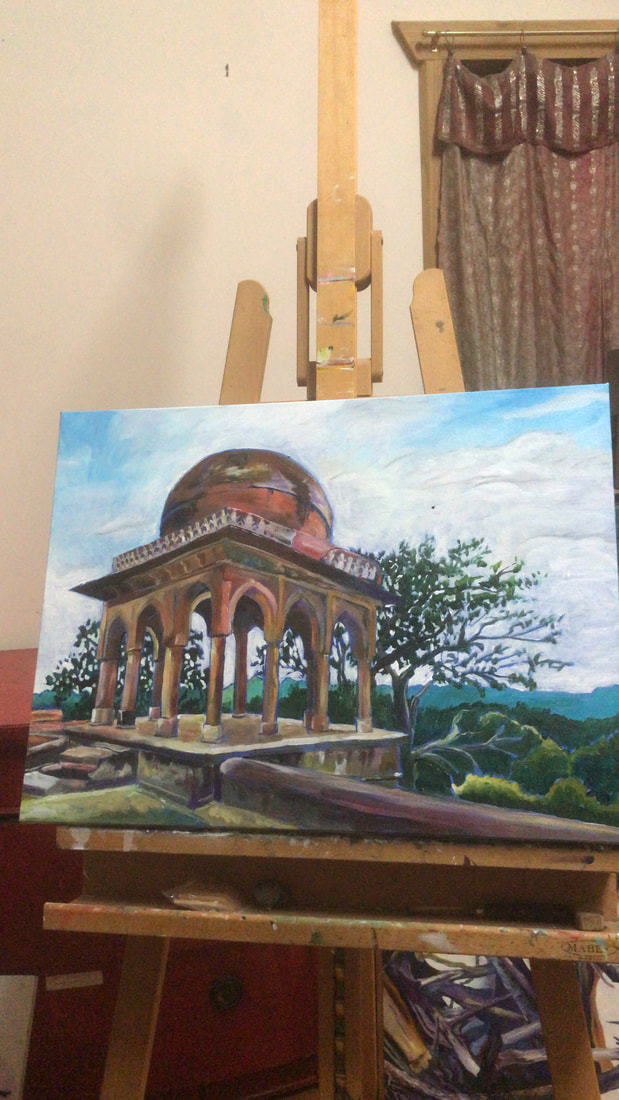
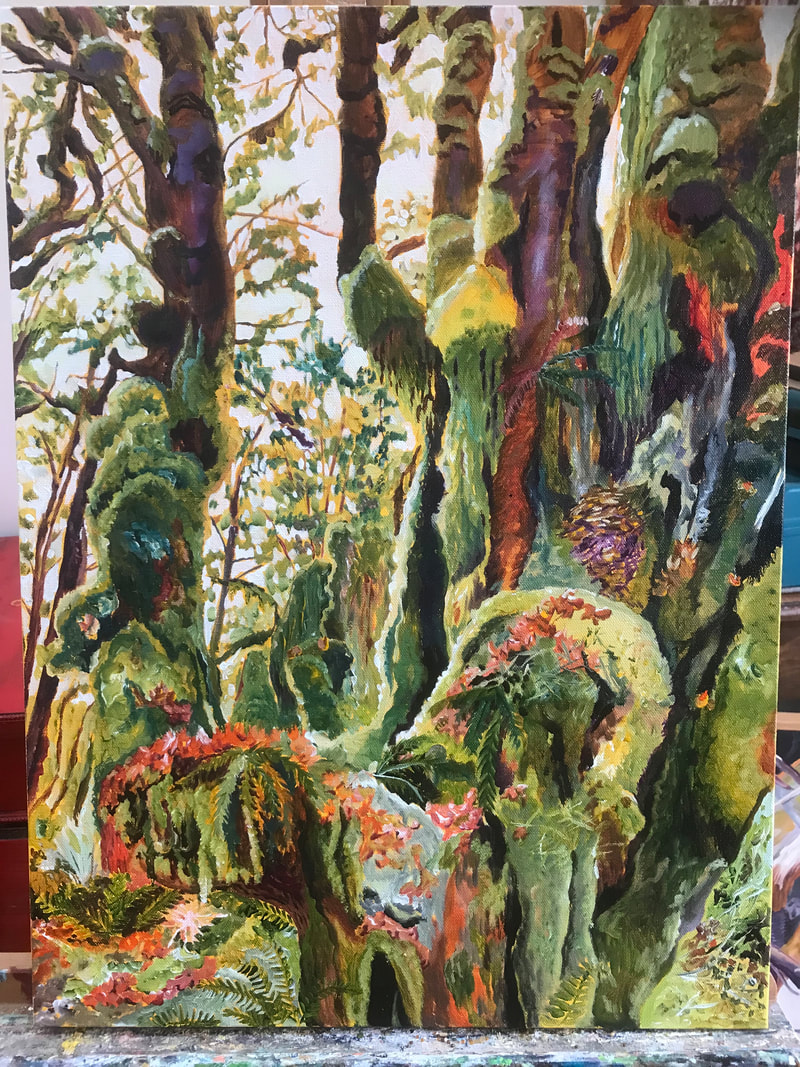
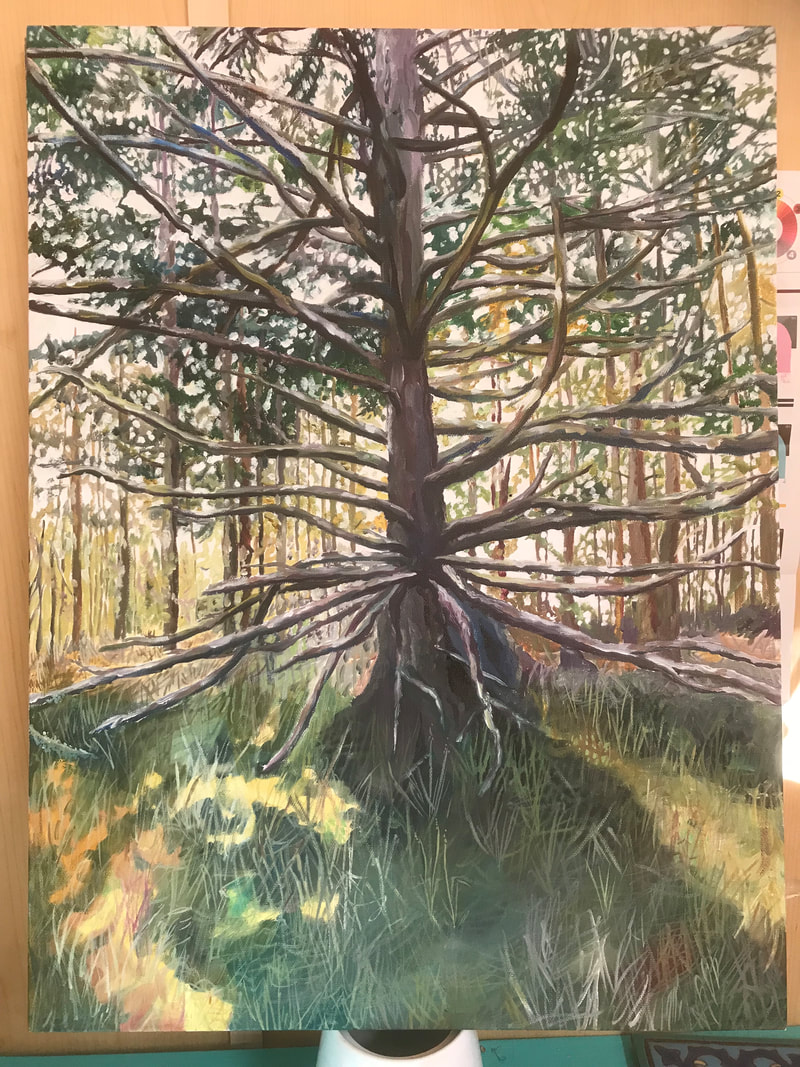
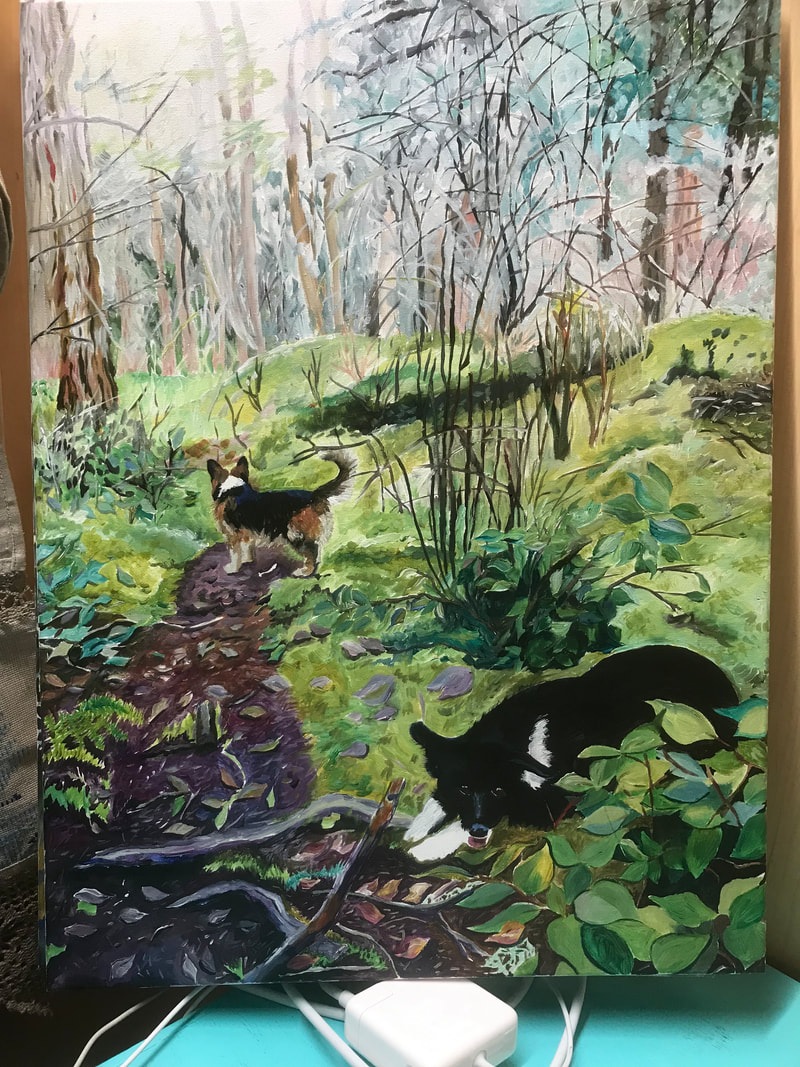
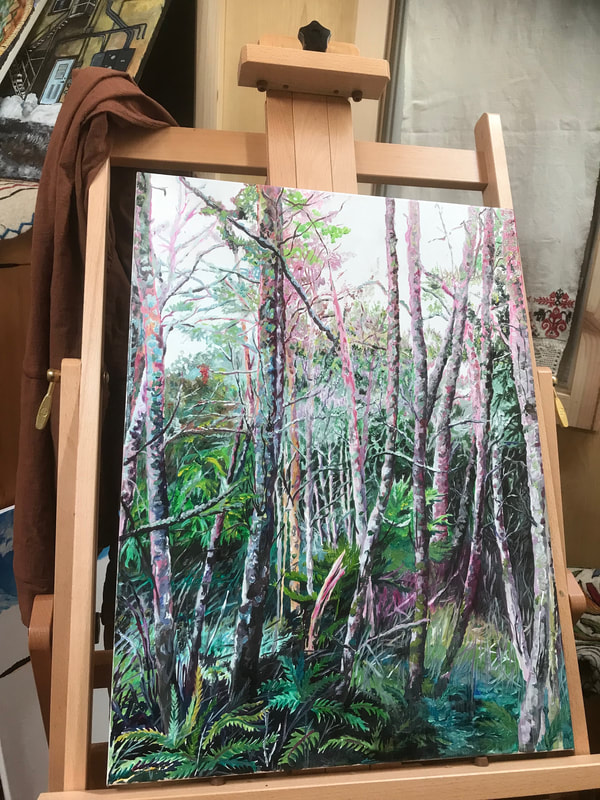
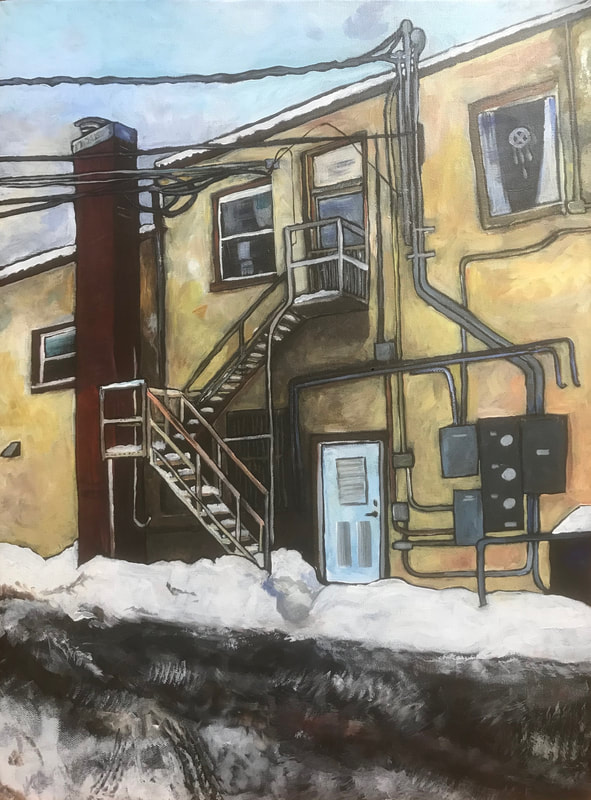
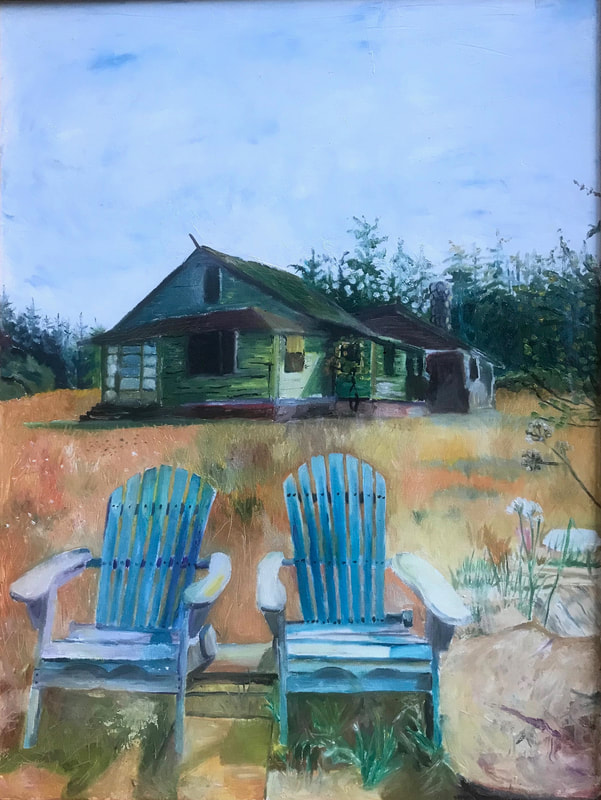
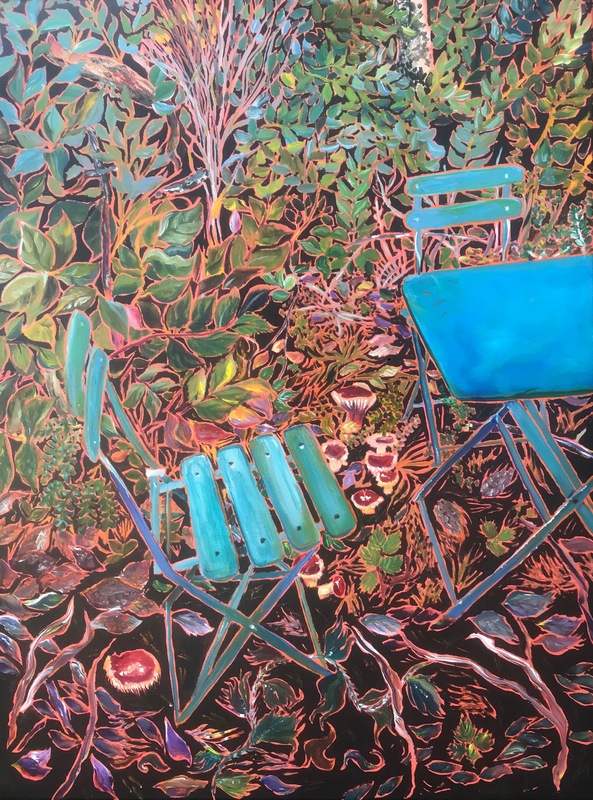
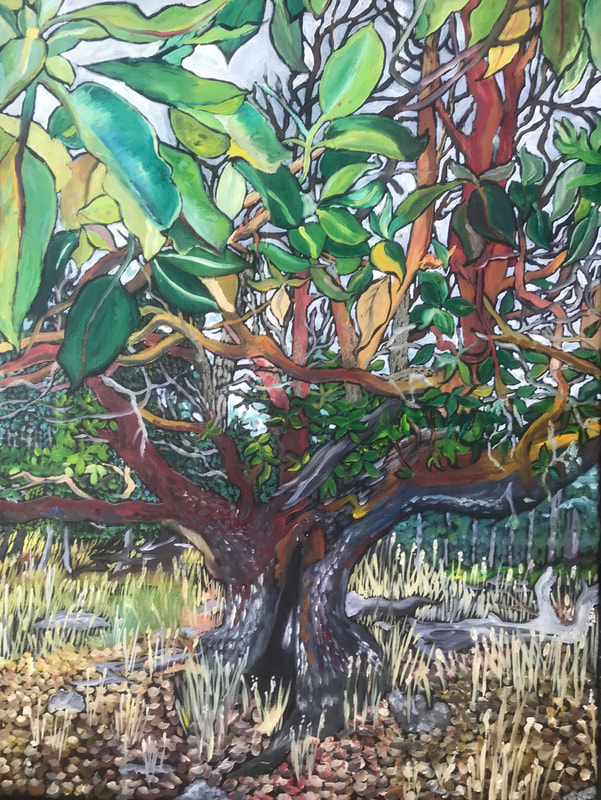
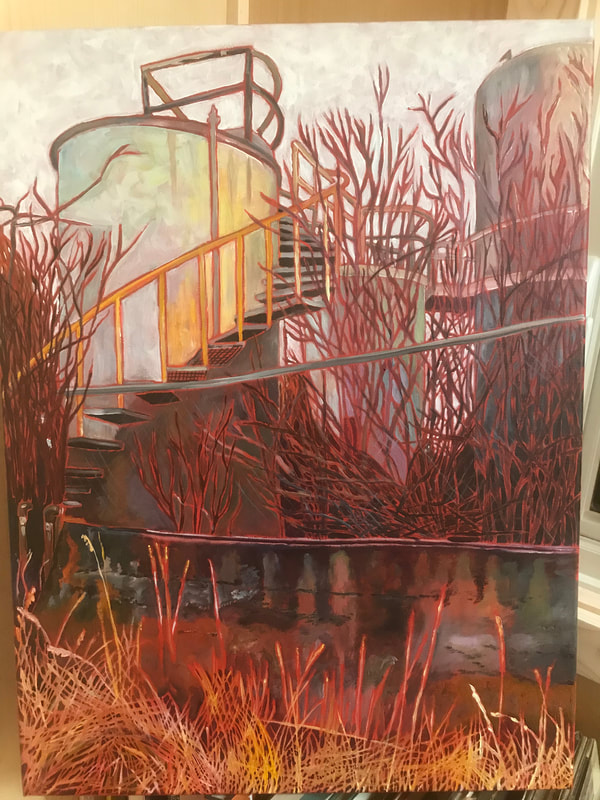
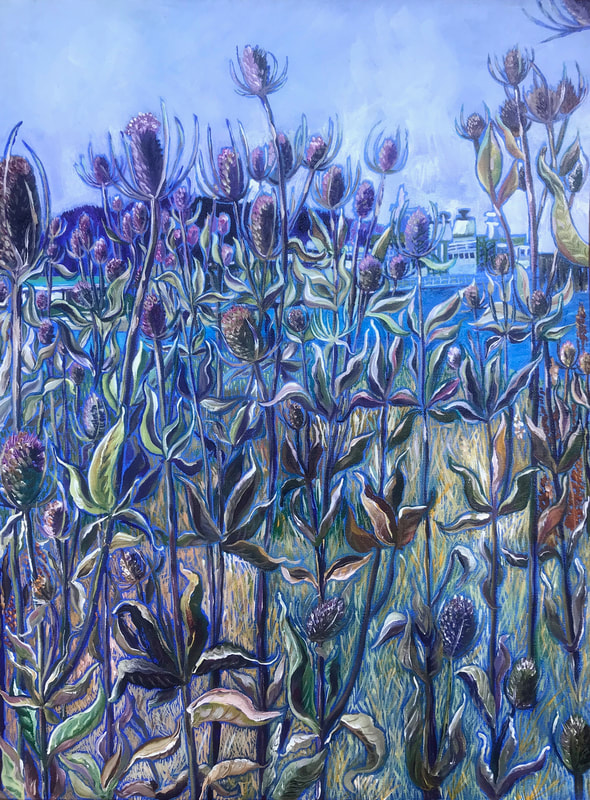
 RSS Feed
RSS Feed
